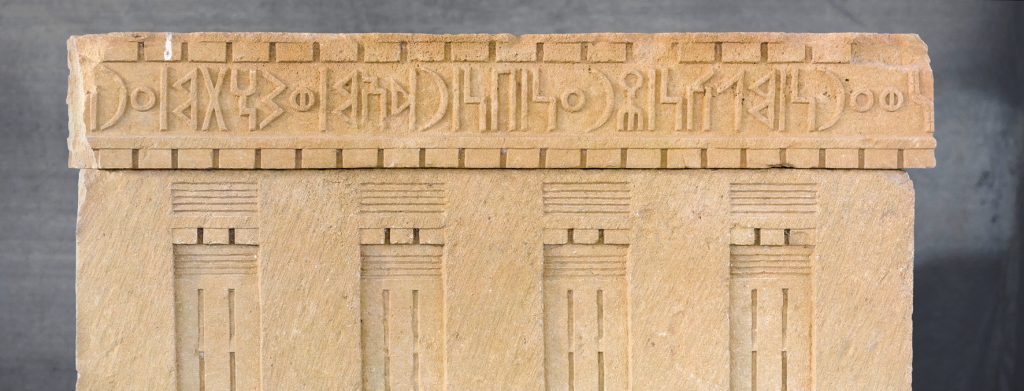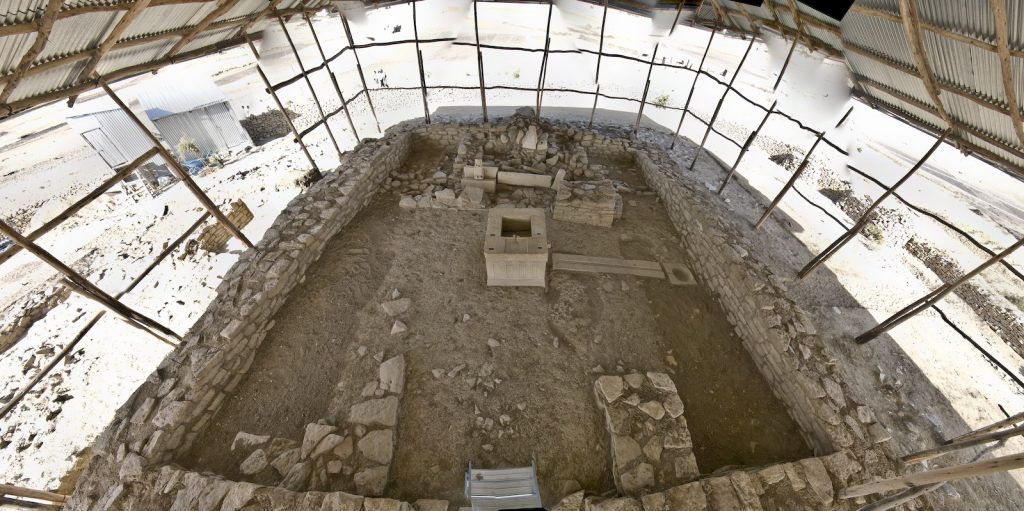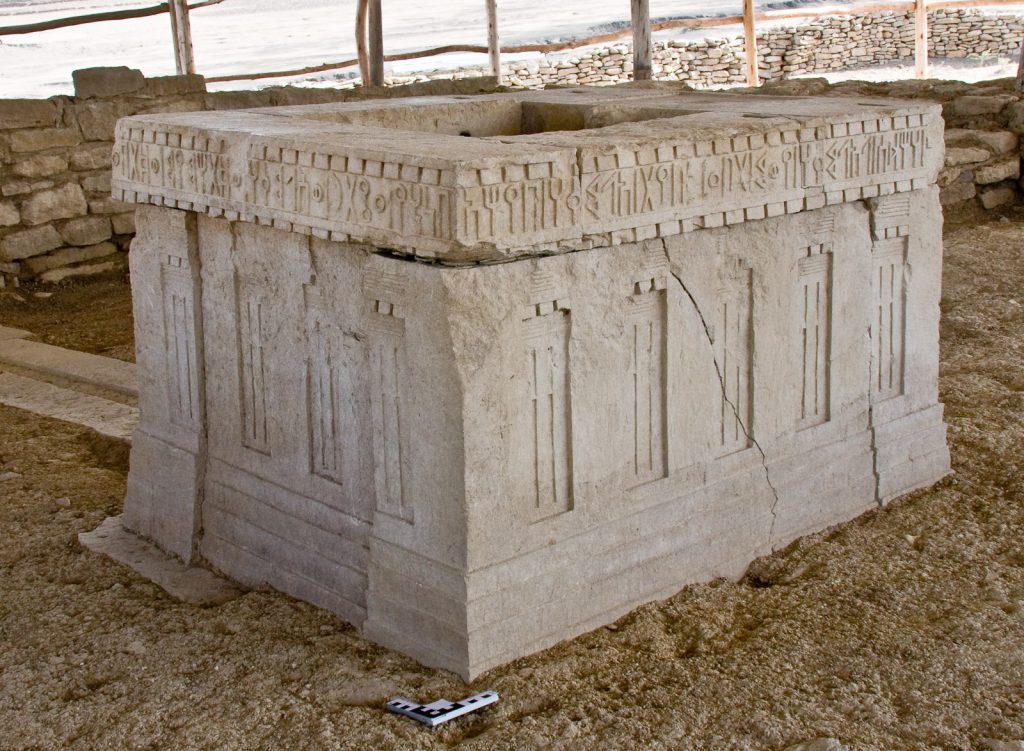Some 2,700 years ago a Sabaean stonemason, on the orders of the king, carved Sabaean characters into an altar that stood in the temple of the supreme god Almaqah. What is remarkable about this is that the Sabaeans lived in the southern Arabian Peninsula (today the Republic of Yemen), while the altar stands in northern Ethiopia – in Wuqro, to be precise, not far from the city of Mekele, the provincial capital.

The Sabaeans had emigrated to that region at the start of the 1st millennium BC, and their culture coalesced with the indigenous culture. The altar was unearthed by a team from the DAI’s Orient Department. The altar inscription is the first attested record of a king’s deeds (res gestae) in the Sabaeans’ new homeland and evidence of transcontinental migration in antiquity.

View over the central area of the sanctuary of Almaqah. The altar is visible in the middle (Photo: Pawel Wolf, DAI) 
The altar with a Sabaean inscription (Photo: Pawel Wolf, DAI) 
Overview of the excavation site in Wukro. A protective structure was erected above the central structure of the sanctuary of Almaqah (Photo: Ricardo Eichmann, DAI)